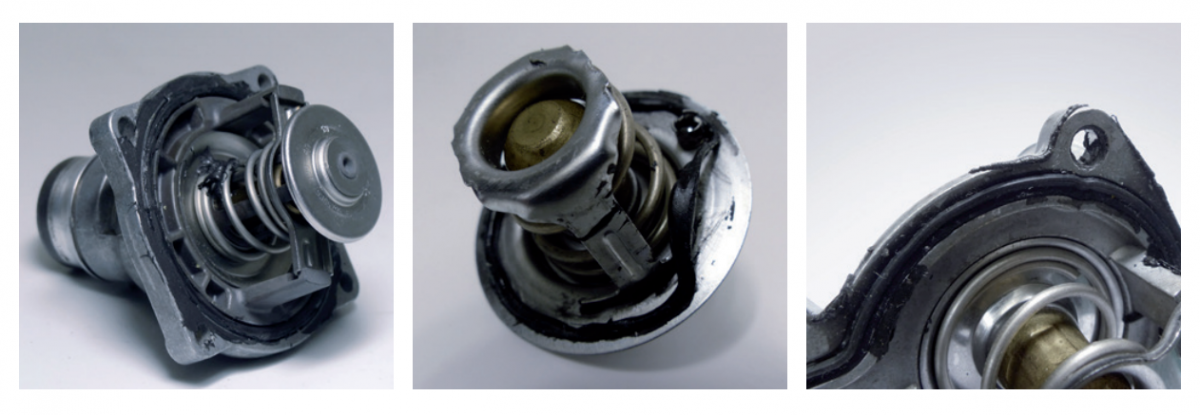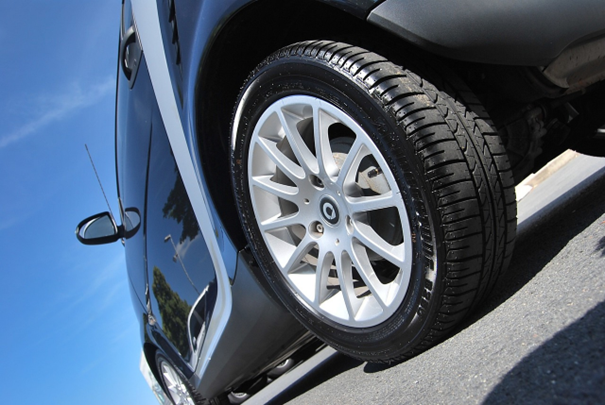Important steps when replacing the thermostat
When replacing the coolant thermostat, some special features should be noted.
The coolant thermostat is responsible for many important functions in a vehicle. If it is damaged, it is therefore necessary to replace it as soon as possible. Often a coolant temperature that is too high or too low indicates a malfunctioning thermostat. If the thermostat does not open as it should, it disrupts the cooling circuit and the engine does not run at the optimum operating temperature.
In general, the cause of a malfunctioning thermostat is normal wear and tear. However, if malfunctions and leaks occur with newly installed coolant thermostats, a common cause is the use of additional sealing compound during installation. The following possible sources of damage are possible:
Material incompatibility
Thermostat seals are made from a mixture of different materials and some are not oil-resistant. If a sealing compound containing mineral or synthetic oil is used, the original seal will swell and become damaged and coolant will leak out.
Cracks
The original rubber seals are designed to fit precisely into the groove for the gasket. If additional sealing compound is applied during installation, uneven application of force may occur when tightening the fixing screws – the thermostat housing or flange may crack and leak.
Reduced coolant flow
Often so much sealant is applied that particles of the sealant enter the cooling system. They settle in the system and block the thermostat or the thin coolant radiator tubes, resulting in blocked flow and reduced heat dissipation.
Important!
Thermostats must only be fitted using the gasket provided and in accordance with the manufacturer’s instructions. Other causes of faults include air bubbles and deposits in the cooling system. Therefore, as part of the repair, the cooling system must be flushed until all residues and foreign bodies are completely removed, and it must be carefully vented after the first filling. The formation of deposits and damage is also prevented by regularly changing the coolant.















